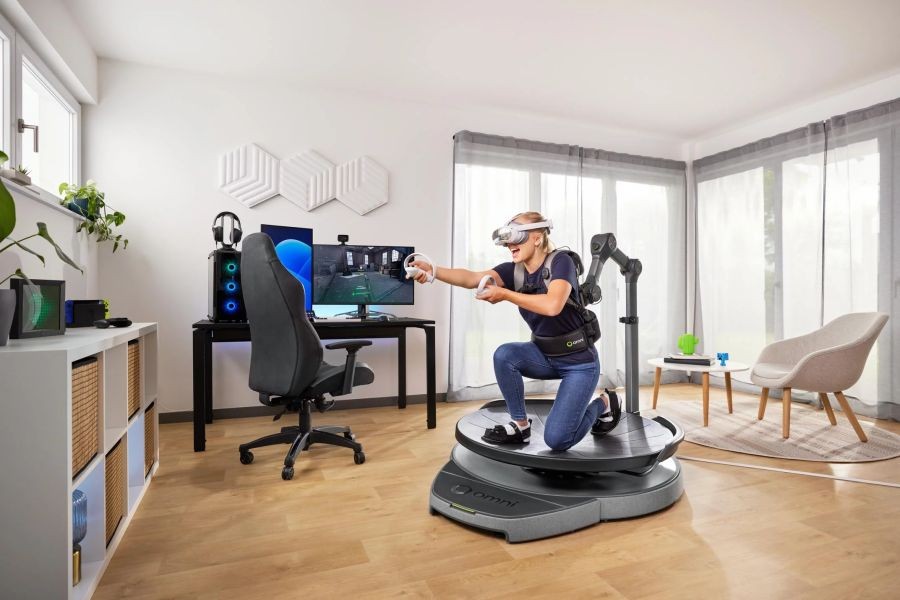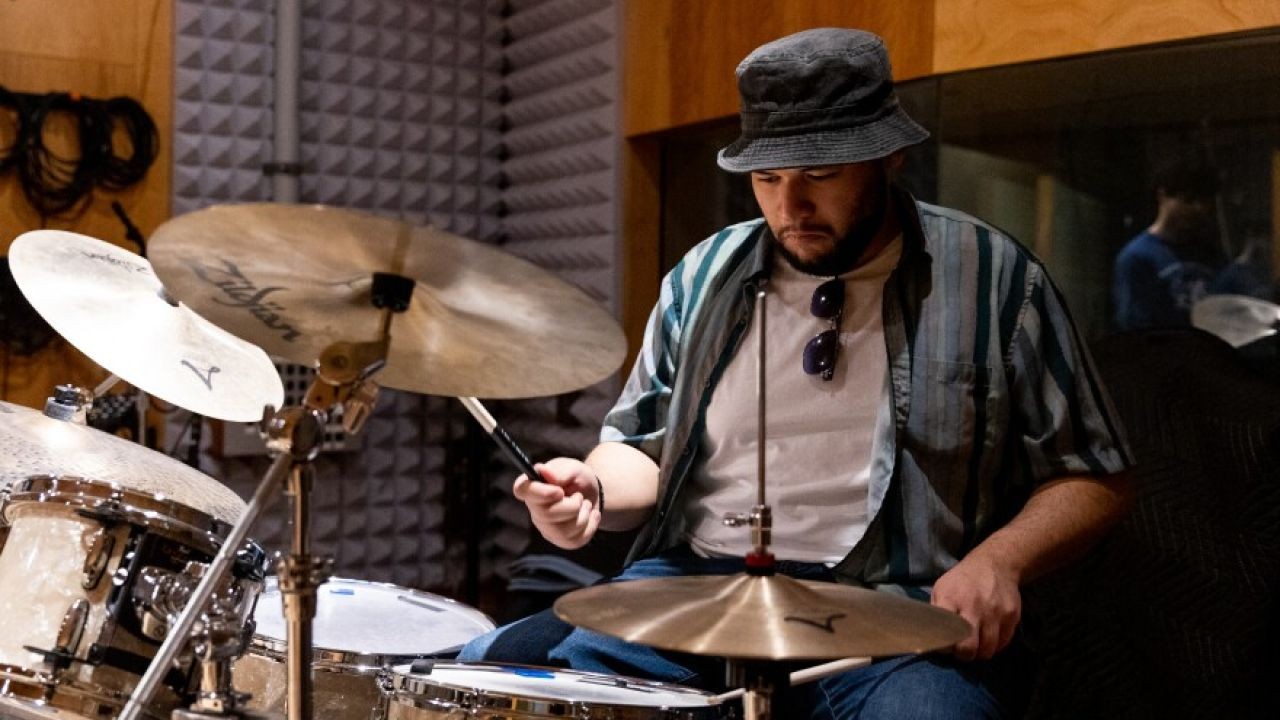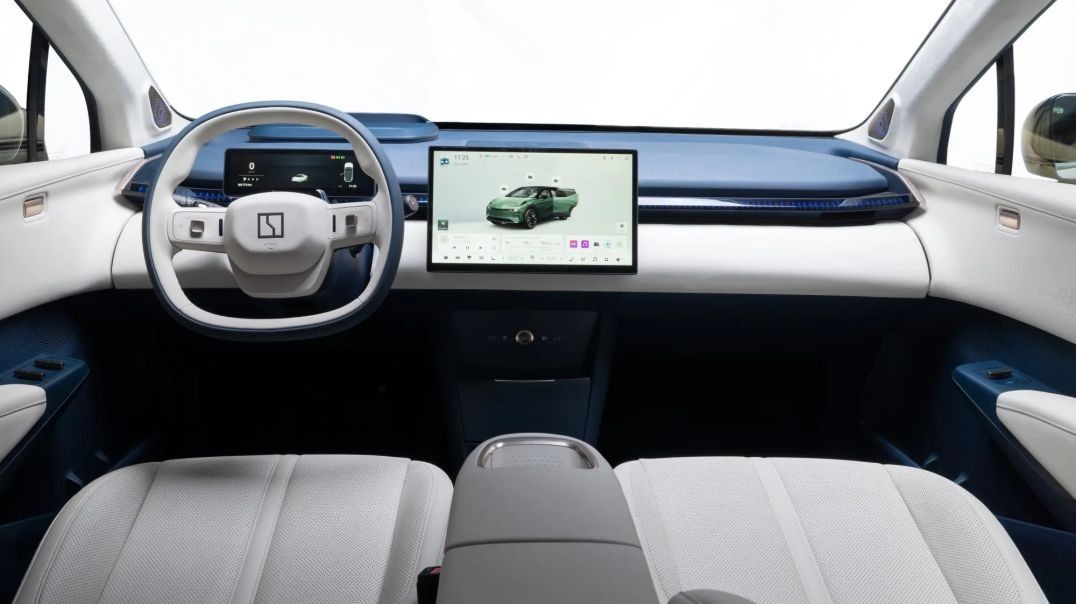Virtual Reality (VR) gaming was once hailed as a revolutionary force poised to redefine the gaming industry. Australia, known for its vibrant tech community and innovative gaming studios, seemed perfectly positioned to embrace this immersive technology. However, the reality has been more complex. In this article, we explore whether VR gaming in Australia is indeed struggling to establish itself, or if it holds untapped potential waiting to be realized.
Current State of VR Gaming in Australia
Despite the global excitement surrounding VR, its penetration in the Australian gaming market remains modest. According to a study by the Australian Bureau of Statistics (ABS), only about 5% of Australian households own a VR headset as of 2023. This is a small fraction compared to other countries like the United States, where VR adoption is significantly higher.
The cost of VR equipment is a significant barrier. High-end VR headsets, which can cost upwards of AUD 500, are often beyond the reach of average consumers. Furthermore, the Australian Competition & Consumer Commission (ACCC) has highlighted concerns regarding the lack of consumer-friendly policies in the VR market, such as limited warranty periods and returns policies, which may deter potential buyers.
Case Study: Zero Latency - Pioneering Location-Based VR Experiences
Problem: Zero Latency, an Australian company specializing in free-roam VR experiences, faced the challenge of low consumer awareness and high operational costs in the burgeoning VR landscape.
Action: They implemented a strategy to partner with entertainment venues across Australia, providing location-based VR experiences that do not require users to own expensive equipment. By offering experiences in popular locations, they increased visibility and accessibility.
Result: Within two years, Zero Latency expanded to over 25 venues worldwide, with a substantial increase in bookings in Australia. Their innovative approach attracted over 100,000 visitors in the first year alone.
Takeaway: By circumventing the cost barrier associated with personal VR equipment, Zero Latency has demonstrated a viable model for VR success in Australia. Location-based services can bridge the gap between technology and affordability, making VR accessible to a broader audience.
Economic and Industry Insights
The Australian gaming industry contributes significantly to the national economy, generating over AUD 4 billion annually. However, VR's share in this sector remains small. The Reserve Bank of Australia (RBA) highlights that consumer spending in tech and entertainment has been growing, but VR's high entry cost limits its market reach.
Moreover, the Australian Taxation Office (ATO) has noted that local VR developers face challenges related to taxation on digital products and services, which can deter investment and innovation in this space. Addressing these regulatory hurdles could incentivize more developers to explore VR gaming solutions.
Global VR Gaming Trends and Their Implications for Australia
Globally, VR gaming is experiencing a surge in popularity. According to a report by PwC, the VR gaming market is expected to grow at a compound annual growth rate (CAGR) of 30% over the next five years. This growth is driven by advancements in hardware and software, as well as increasing consumer interest in immersive experiences.
If Australia capitalizes on these global trends, it could significantly boost its own VR gaming industry. By investing in local talent and fostering a supportive regulatory environment, Australia could become a leader in VR innovation.
Challenges and Limitations
Despite the potential, several challenges hinder VR gaming's growth in Australia:
- High Costs: The price of VR equipment remains a major deterrent for widespread adoption.
- Lack of Content: The limited library of VR games and experiences makes it difficult for consumers to justify the investment.
- Technical Barriers: VR requires significant computing power, demanding hardware upgrades that many consumers are unwilling or unable to make.
- Regulatory Hurdles: Current taxation and regulatory frameworks are not conducive to the growth of digital and tech innovations.
Common Myths About VR Gaming in Australia
Myth: "VR gaming is only for hardcore gamers."
Reality: VR is expanding beyond gaming to include educational, training, and therapeutic applications, reaching a wider audience.
Myth: "VR is too expensive to ever become mainstream."
Reality: Prices are gradually decreasing, and innovations in mobile VR solutions are making it more accessible.
Myth: "VR causes motion sickness for everyone."
Reality: Advances in technology have significantly reduced motion sickness incidents, making VR experiences more comfortable.
Future Trends and Predictions
Looking ahead, the future of VR gaming in Australia appears promising if certain conditions are met. The Australian government is likely to introduce new policies that support digital innovation, potentially reducing barriers for VR developers. By 2028, experts predict that VR could account for 10% of the Australian gaming market, provided that accessibility and content issues are addressed.
Additionally, collaborations between tech firms and educational institutions could foster a new wave of VR applications, further integrating the technology into everyday life and expanding its appeal beyond traditional gaming audiences.
Conclusion
While VR gaming in Australia faces significant challenges, its potential is undeniable. By addressing cost barriers, expanding content libraries, and fostering a supportive regulatory environment, Australia can become a significant player in the global VR market. As innovation continues to drive down costs and enhance the technology, VR gaming is poised to capture the imagination of Australian consumers and redefine the gaming experience.
What's your take on the future of VR gaming in Australia? Join the discussion below and share your insights!
Related Search Queries
- Future of VR gaming in Australia
- VR gaming market trends 2023
- VR gaming vs. traditional gaming
- Cost of VR gaming equipment in Australia
- VR gaming industry growth statistics
People Also Ask
How does VR gaming impact businesses in Australia?
VR gaming offers businesses in Australia opportunities for innovation and engagement. By integrating VR experiences, companies can enhance customer interaction and brand differentiation, leading to increased loyalty and sales growth.
What are the biggest misconceptions about VR gaming in Australia?
A common myth is that VR gaming is prohibitively expensive. However, with prices gradually decreasing and mobile VR becoming more accessible, more Australians can experience VR without breaking the bank.
What are the best strategies for implementing VR gaming in Australia?
Experts recommend starting with location-based VR experiences to lower entry costs. Collaborating with local developers to create engaging content and addressing technical barriers can also facilitate successful VR adoption.
































deidresnell012
9 months ago